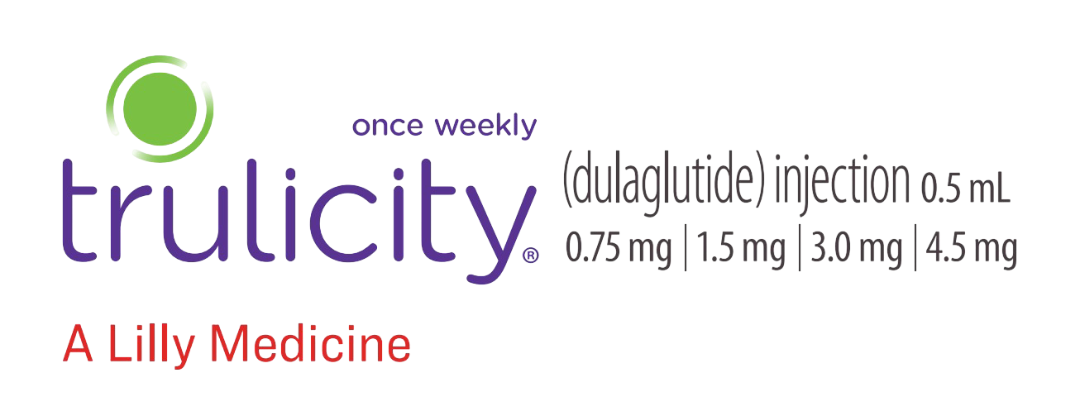Trulicity (dulaglutide) is designed to fit into your busy life
Each dose option comes in an easy-to-use,* single-dose pen—you don’t have to see or even handle the needle.
*In a study, 94% of adults said it was easy to use.
Let’s get started
Trulicity is taken once a week. On your Trulicity day, you can take your dose at any time of the day, with or without food. So start by picking the best day for you and mark it as your Trulicity day. Do your best to stick to the same day every week.
Missed a dose?
If there are at least 3 days (72 hours) until your next Trulicity day, take the missed dose as soon as possible.
Skip the missed dose if there are less than 3 days remaining and take your next dose on your regularly scheduled Trulicity day.
Do not take 2 doses of Trulicity within 3 days of each other.
Keep Trulicity in your refrigerator. Do not freeze the pen. Keep it out of direct heat and light.
How to travel with your Trulicity pens IF YOU DECIDE TO TRAVEL WITH YOUR TRULICITY PENS, YOU CAN STORE THEM AT ROOM TEMPERATURE FOR UP TO 14 DAYS.
Put used pens in a sharps container or a hard plastic container with a secure lid and dispose of the container according to local laws. See the FDA website at www.fda.gov/safesharpsdisposal for information.
You may inject Trulicity into your stomach (abdomen) or thigh (see diagram).
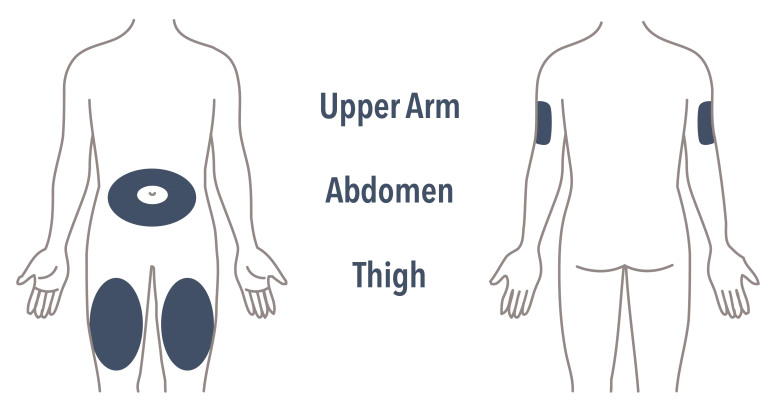 Another person should give you the injection in the back of your upper arm.
Another person should give you the injection in the back of your upper arm.
Your doctor can help you choose the areas on your body that are best to use Trulicity.
Tips that can help improve the injection* experience
Change (rotate) your injection site each week between the recommended areas (stomach, thighs, upper arms.) - If you use an alcohol swab before injecting, wait until alcohol is completely dried before injecting. - Avoid massaging the area. Massage after injecting can damage surrounding tissue.
*These tips are based on general injection recommendations and have not been developed or studied for Trulicity or people with diabetes.
Step 1 UNCAP THE PEN
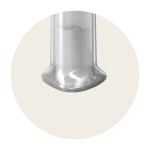
Step 2 PLACE AND UNLOCK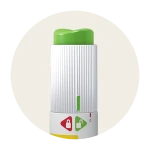
Step 3 PRESS AND HOLD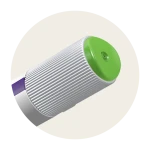 Listen for the 2nd click
Listen for the 2nd click
The first click means you pressed the green injection button. You can be sure you received your full Trulicity dose by continuing to hold the base firmly against your skin until you hear a second click. (This happens after about 5-10 seconds.) The gray plunger on the Trulicity pen will be visible if your dose was given and completed.
Watch for a step-by-step guide for giving yourself your Trulicity dose
Read the Instructions for Use included with your pen.
If you experience nausea, talk to your healthcare provider. In the meantime, some people find the following may help: eating smaller meals, stop eating when you feel full, avoid fried or other fatty foods, try food or drinks containing ginger. Click here for more information about side effects.
Select Important Safety Information
Ask your healthcare provider how to recognize possible serious side effects and what to do:
Serious allergic reactions. Stop using Trulicity and get medical help right away if you have any symptoms of a serious allergic reaction which may include swelling of your face, lips, tongue or throat, problems breathing or swallowing, severe rash or itching, fainting or feeling dizzy, or a very rapid heartbeat.
